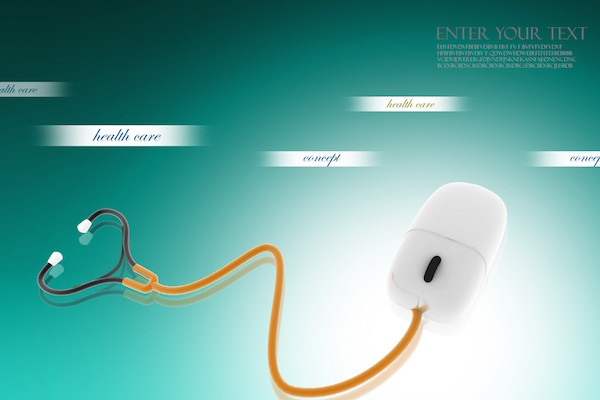
SATURDAY, May 17, 2014 (HealthDay News) — Whether it’s worthwhile for men to examine themselves for testicular cancer seems to depend on whom you ask.
An independent panel of U.S. experts recommends against examining your testicles for abnormalities, but a new study from University of Kansas researchers found that self-examination for testicular cancer is cost-effective.
Finding cancers early could save thousands of dollars that would be spent on treating advanced cancer, said study author Dr. Ajay Nangia, a professor of urology at the university.
However, the U.S. Preventive Services Task Force and the American Cancer Society discourage the self-exams when no symptoms are present.
According to Dr. Michael LeFevre, task force chair and a professor of medicine at the University of Missouri, the task force takes only health benefits, not costs, into account in making its recommendations.
“The task force found that there is no evidence that teaching young men how to examine themselves for testicular cancer would improve health outcomes,” he said. That opinion was rendered in 2011.
Given the low prevalence of testicular cancer, limited accuracy of screening tests and no evidence for the benefits of screening, the task force concluded that the harms of screening [unnecessary treatment] exceed any potential benefits, LeFevre said.
However, he added, “the task force understands that many adolescent and adult males will want to continue to regularly self-examine for signs of testicular cancer and consult with their health care providers.”
The findings are to be presented Saturday at the American Urological Association annual meeting, in Orlando, Fla.
When found early, testicular cancer can be treated and is usually cured. The risk of developing testicular cancer is about one in 270, while the risk of dying from it is about one in 5,000.
Dr. Otis Brawley, chief medical officer of the American Cancer Society, is concerned that focusing on testicular self-examination diverts attention from cancer prevention.
“If I give advice about testes cancer, I am diluting the advice I am giving about everything else, so I am taking away advice about diet and exercise and not smoking,” he said.
“This study shows that testicular self-exams may save money, but it doesn’t show that it saves lives,” Brawley said.
However, men should be aware of their bodies, and if they do find a mass, they should go to the doctor, he said.
For the study, Nangia’s team used Medicare reimbursements to estimate the cost to treat a missed advanced stage testicular tumor and compared that with the average cost of treating four cancerous tumors and two benign tumors found during a self- exam.
The total cost to treat so-called seminoma — slow-growing testicular cancer — was $48,877, while the total treatment cost for advanced testicular non-seminoma cancer, a more aggressive disease, was $51,592.
These costs were comparable to: 313 doctor’s office visits where a benign tumor was found ($156); 180 doctor’s office visits when an ultrasound was done ($272), or 79 doctor’s office visits when an ultrasound and blood tests were done ($621), the researchers said.
Looked at another way, treating those same advanced cancers could pay for six doctor’s office visits resulting in removal of the testicles for benign tumors ($7,686) or three office visits resulting in detection, treatment and surveillance of an early-stage testicular cancer ($19,438 seminoma; $26,190 non-seminoma), the study found.
Nangia cited a 3:1 cost-benefit ratio for identifying testicular cancer early versus detecting it in an advanced stage.
Based on this finding, the researchers concluded that testicular self-examination is cost-effective and should be promoted.
Another presentation at the meeting found racial disparities in diagnosis of testicular cancer and survival rates.
Data on nearly 76,000 men from the National Cancer Data Base found that almost 16 percent of blacks with testicular cancer were diagnosed when the cancer was advanced, compared with about 14 percent of Asian men and 11 percent of whites.
Hispanics, however, had the highest rate of advanced testicular cancer when diagnosed — about 17 percent, the researchers said.
Moreover, blacks were twice as likely to die from testicular cancer as whites with similar stage at diagnosis.
Data and conclusions presented at meetings are typically considered preliminary until published in a peer-reviewed medical journal.
More information
For more information on testicular cancer, visit the American Cancer Society.
Copyright © 2025 HealthDay. All rights reserved.

